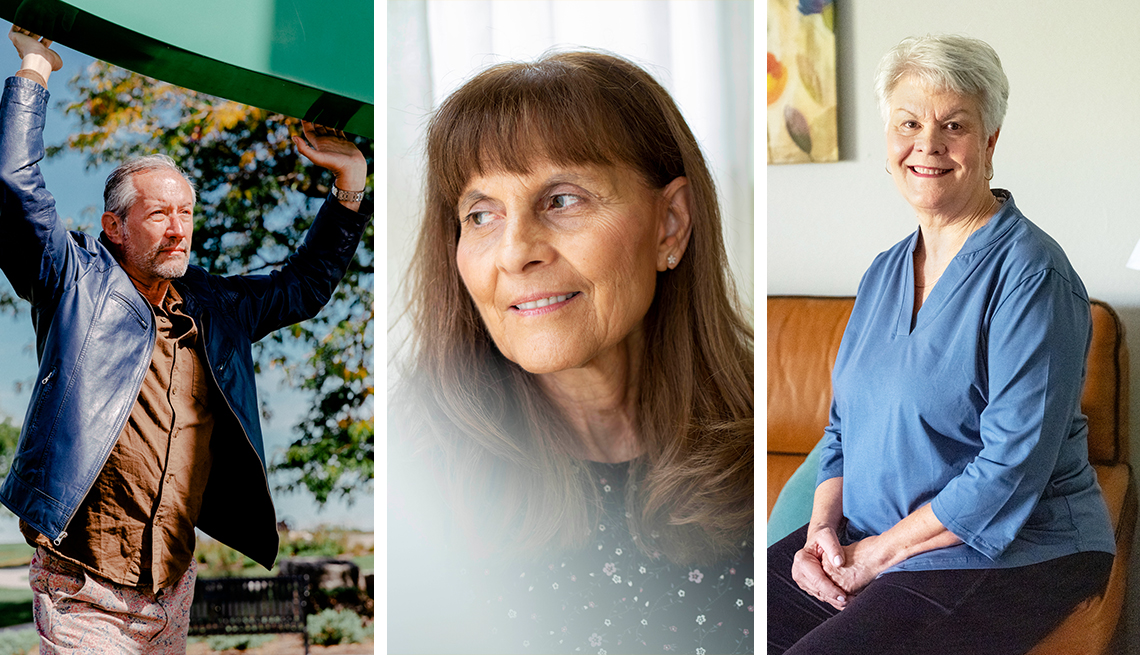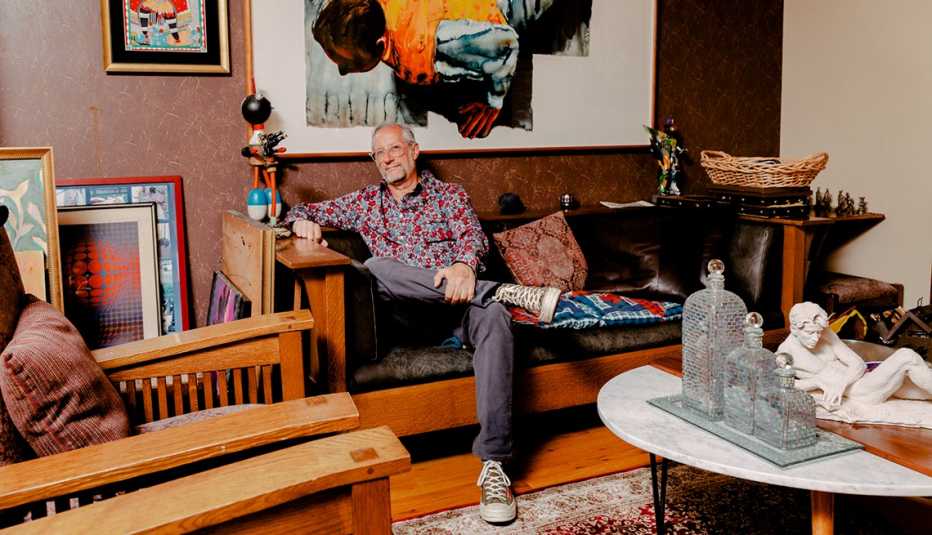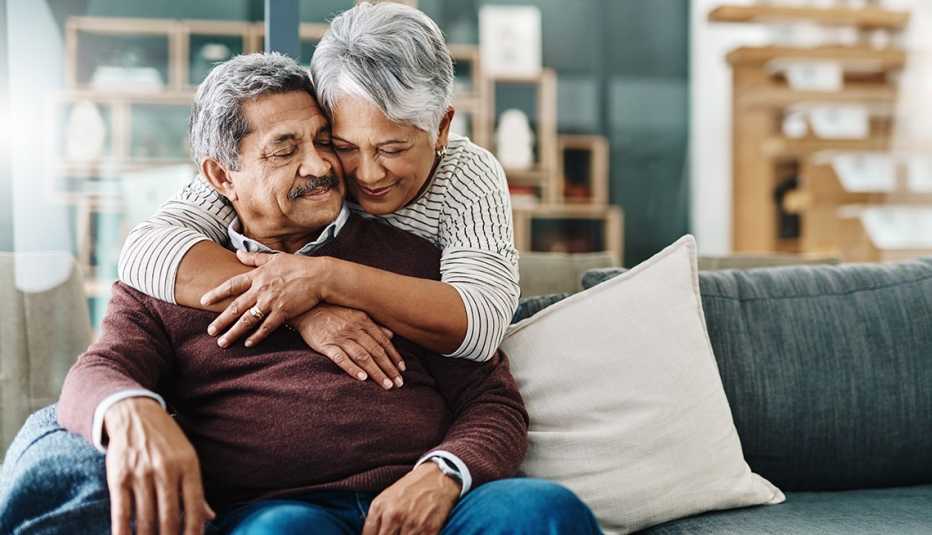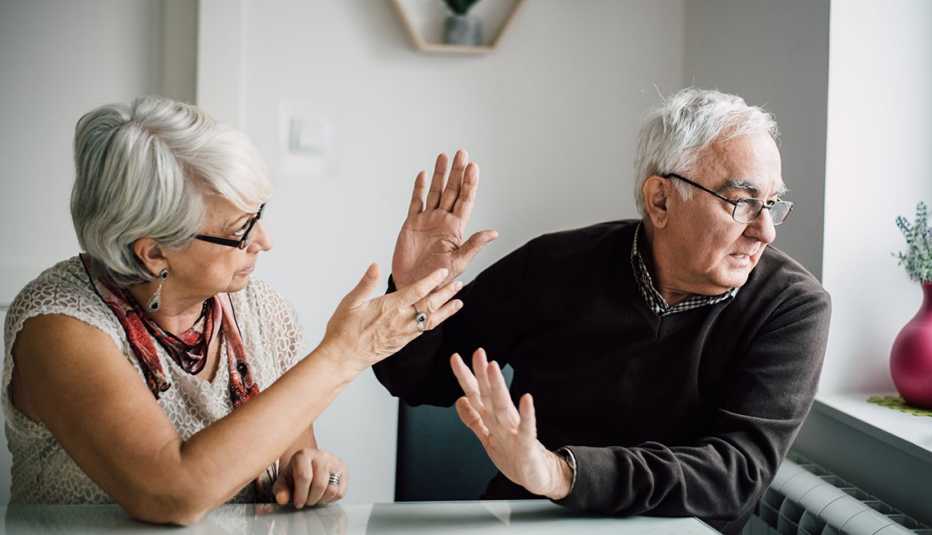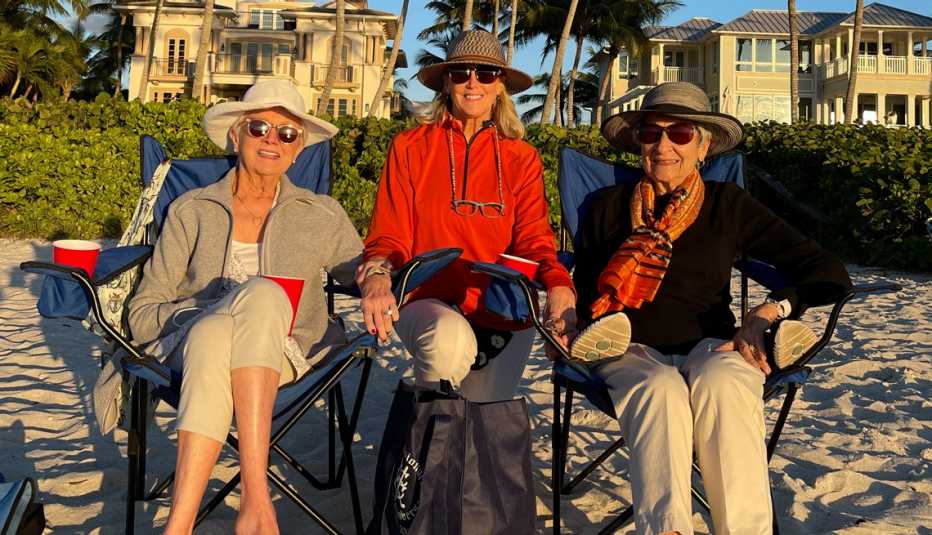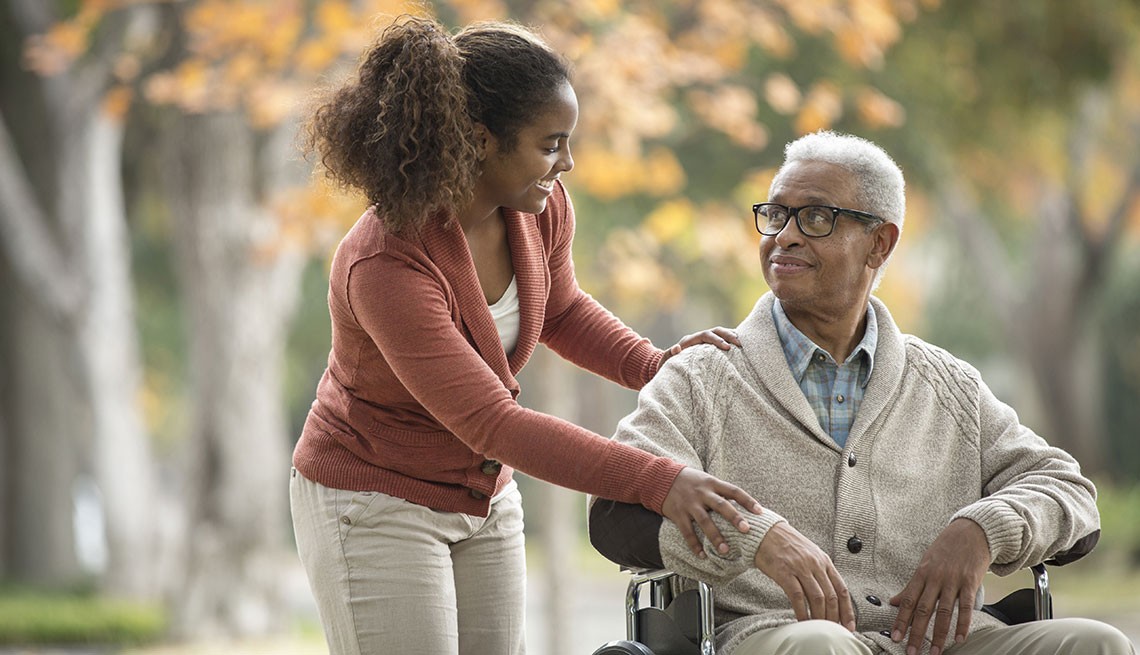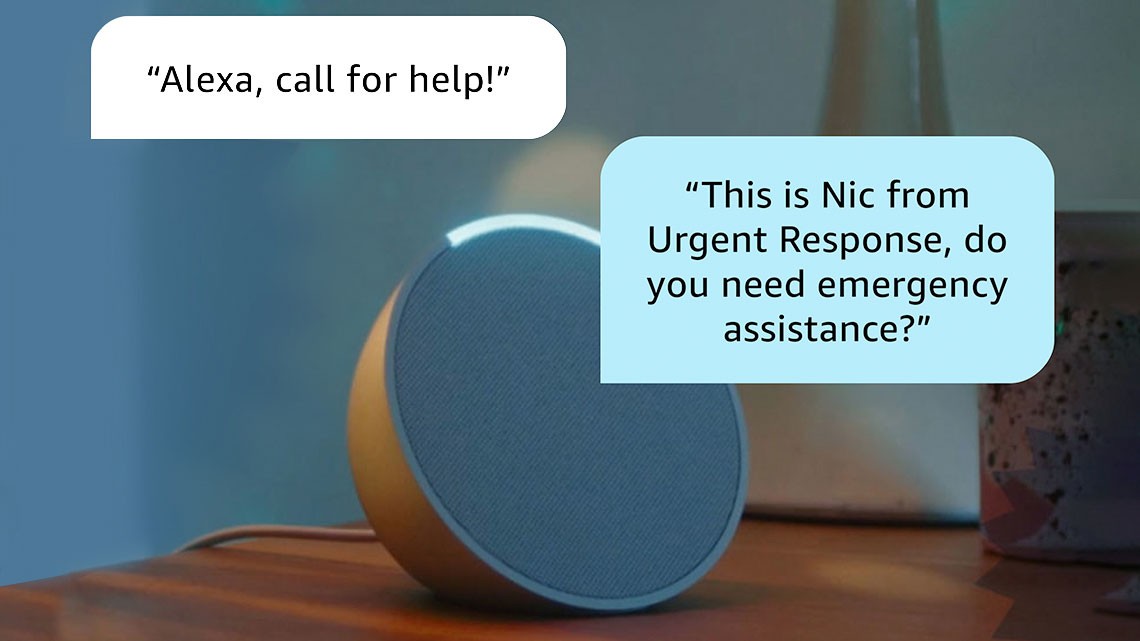Staying Fit
Stacy Davenport says she began to worry about her future just before she turned 60.
“I was flipping out and talked to a friend about why I was anxious about 60,” she says. “If I get sick, I have nobody to take care of me.”


AARP Membership— $12 for your first year when you sign up for Automatic Renewal
Get instant access to members-only products and hundreds of discounts, a free second membership, and a subscription to AARP the Magazine.
The very next year — in 2018 — two minor strokes “woke me up to I’d better get my stuff in order.”

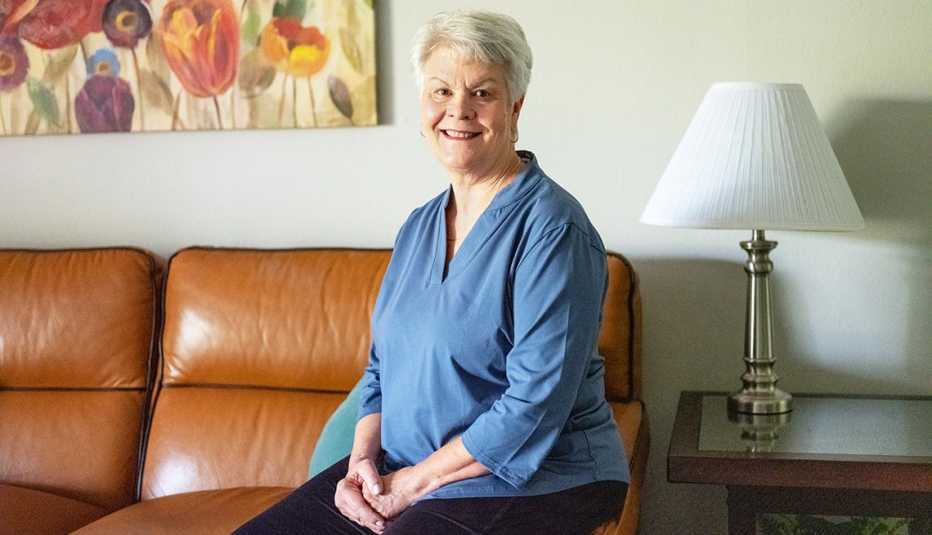
Davenport, a life coach in Austin, Texas, who is unpartnered and has no children, is among the 12 percent of the population age 50 and older who live alone. Often called “solo agers,” they may be widowed, divorced or never married.
Now 65, Davenport says her health scares forced her to act rather than just think about what’s ahead. She named a niece in Florida as her executor and beneficiary, as well as granting her medical power of attorney and adding her to Davenport’s bank account.
“My friends have families. They’ve got a spouse. They’ve got children,” Davenport says of her friends in Austin and nearby communities. Although they drove her to the grocery or doctor appointments following her strokes, she’s aware of the pitfalls associated with relying on friends who have other obligations.
More solo adults needing support
Yet solo agers are a growing group, with more never married, unpartnered and childless adults in the population. And, because adults with children may effectively be solo if their adult children live far away or they have a child with a disability who can’t care for them, or they are estranged, more aging adults are looking elsewhere for support. Preparing for life’s later stages means tackling issues such as finances and estate planning, health care and future housing needs, as well as anticipating health decline and creating end-of-life directives. Experts recommend that solo agers who weathered the pandemic’s isolation consider expanding their social circles and making younger friends to allay fears about their fate.
This country’s increasingly diverse population also impacts solo aging.
“Members of the LGBTQ community have higher a frequency of being solo agers and not having children,” says geriatrician Ashwin Kotwal, who has a clinical practice at San Francisco VA Medical Center and is an assistant professor of medicine at the University of California, San Francisco.
He says the prevalence of solo agers appears to be less among Hispanic, Black and Asian communities, which have traditionally relied more on extended family.
“Some of the nonwhite communities are more likely to live in these extended family households. It’s just a little bit less frequent for solo aging,” he says.



























































